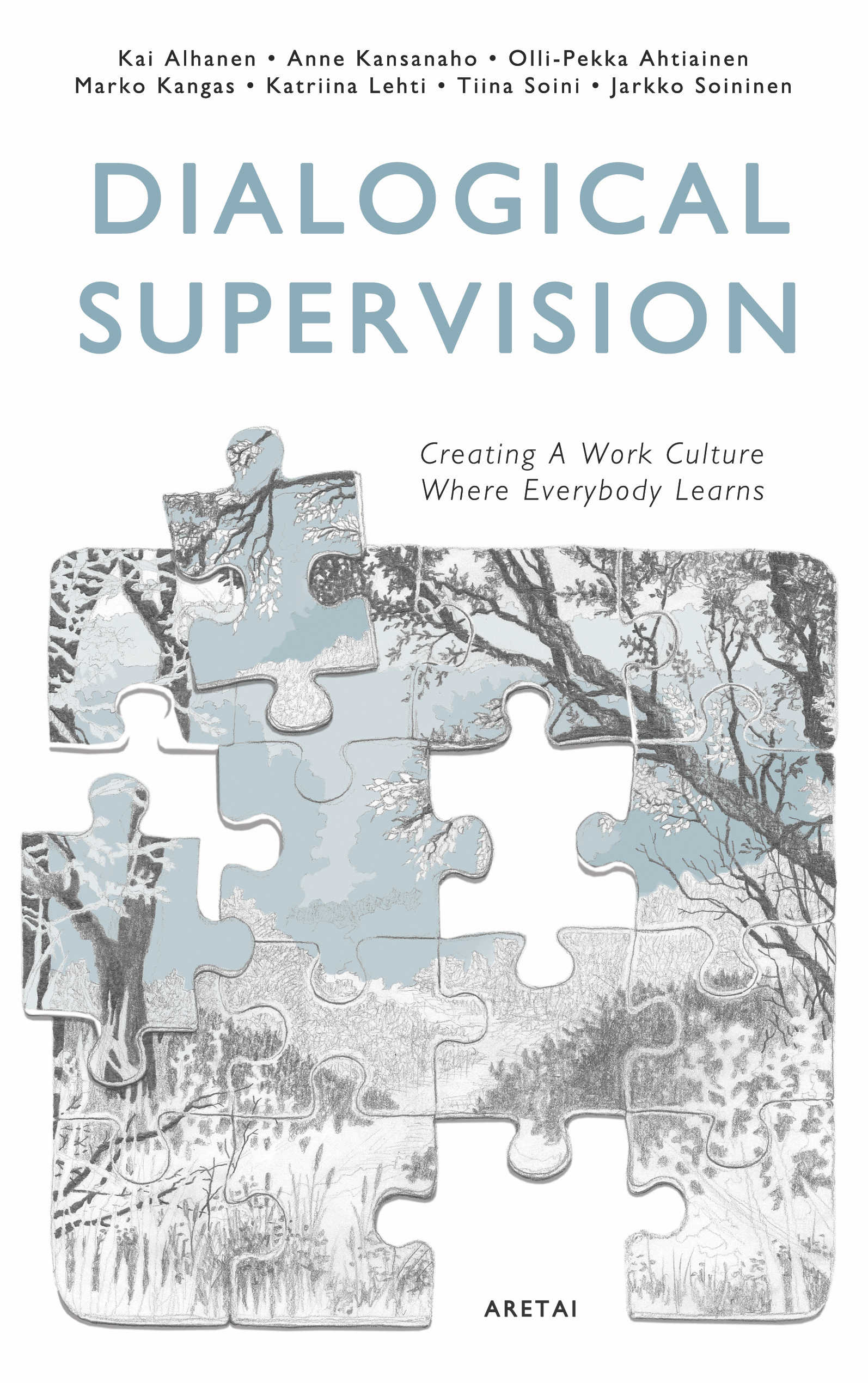The normal state of a democratic society always includes disagreements. These can actually be thought of as the cause of a well-functioning democracy. Citizens who are equal and free among each other will most likely not end up with completely identical views on what they find most valuable and how these values should be pursued.
Some appreciate safety and stability; others yearn for variety and novelty. To some citizens tangible wealth is more important than the noble ideals some others pursue. Comprehensive world views, too, can be built in various ways: one emphasizes scientific facts, another appreciates religious views, while a third picks a diverse set of beliefs from here as the main sources.
Something threatening is happening to our ability to talk about our respective disagreements. We currently live in a situation where we can follow other people and their sayings through the internet and social media. Yet, we most frequently get to know people whose ways of live are somewhat similar to ours.
Thus, even if we imagine that we know well what others think, in reality we should meet them to better understand their experiences.
At worst, this situation evokes the urge to entirely silence individuals and groups whose views are far from ours. Inflamed and repressed environment for discussion is an auspicious ground for powers undermining democracy. Many citizens start to avoid conversations on difficult topics, which forms a void that typically gets hijacked by the loudest speakers. Ultimately this kind of development feeds individuals and groups who support hierarchy and authority instead of equality and individual freedom.
It has been thought that in a modern democracy, citizens’ different views benefit society. Tensions stemming from disagreements feed lively discussion, help to help to create new inventions and, at best, lead to mutual learning.
A skillful handling of disagreements and tensions requires that citizens master different kinds of democratic discussions well. The most important ones from these are debate, negotiation, search for consensus and dialogue. Every type has its’ own role in citizens’ equal coexistence. They are needed in communities of every type: families, neighborhoods, workplaces, recreational activities, as well as in political institutions.
There is not one type of discussion that fits every situation. A skill to change the type of discussion when needed is required in many situations.
Debate
The best known type of discussion in a democratic society seems to be debate. The central starting point of debate is that different sides of the discussion aim to use arguments to convince their opponent on their views. Thus, debating aims at investigation of the best arguments.
Debate can be thought to have succeeded if all the parties have been able to present their own arguments clearly and comprehensively. A conclusion has been reached when everyone agrees that the arguments presented by one party prove to be better than the others.
Negotiation
There are many situations where the citizens must find a solution that satisfies all parties. This is when negotiation is needed. Negotiation means seeking to achieve an agreement, which often requires outlining different options and coordinating different issues that come u
In a successful negotiation, different parties know each other’s values and needs well, based on which each negotiator can present different options for everyone to different options for everybody’s consideration. The best negotiations bring out completely new opportunities to combine the different parties’ demands, even despite the possible tensions between them.
Search for consensus
Many communities tightly living together — like families, workplaces, hobby groups and ideological associations — want to pursue consensus (unanimity). Finding consensus is easier when the participants of the discussion have similar values and they are ready to compromise their own comfort and freedom for the harmony of the community.
On a broader societal level, consensus is not needed regarding nearly all matters. However, there are certain matters where pursuing consensus is necessary in a democratic society. These matters concern the way the basic values of democracy – freedom, equality, and justice – are understood. If a reasonable consensus can be reached from these questions even stark disagreements concerning other things can safely be allowed.
Dialogue
All three aforementioned discussion types — debate, negotiation, and search for consensus — require that the participating citizens understand each other enough to succeed. The best arguments cannot be found if the debaters speak over each other. Negotiations drift to a dead end when the parties’ real values and needs are not understood. Consensus can only be achieved when deep understanding of the central issues prevails. Thus, all important discussion types of a democratic society require conversation aiming for understanding, in other words, dialogue, as its basis and support
In a dialogical conversation, participants aim for a multi-level understanding: of the things dealt with, other people, and oneself. Dialogue cherishes the basic values of democracy: freedom and equality of each individual. This means that in dialogue, each participant’s experiences are fundamentally equally valuable, and everyone is free to participate in the discussion in their own way.
Dialogical conversation is challenging when the topics discussed are difficult, and people hold views very different from each other. For this reason, dialogue should continuously be exercised and practiced in all kinds of communities.
Dialogical discussions do not only create the foundation to other discussion types. At its best, they can also be extremely creative moments of collective learning. At the same time, they give participants an immediate experience of what equality and freedom mean in practice. Dialogue is the heart of democratic communities.
